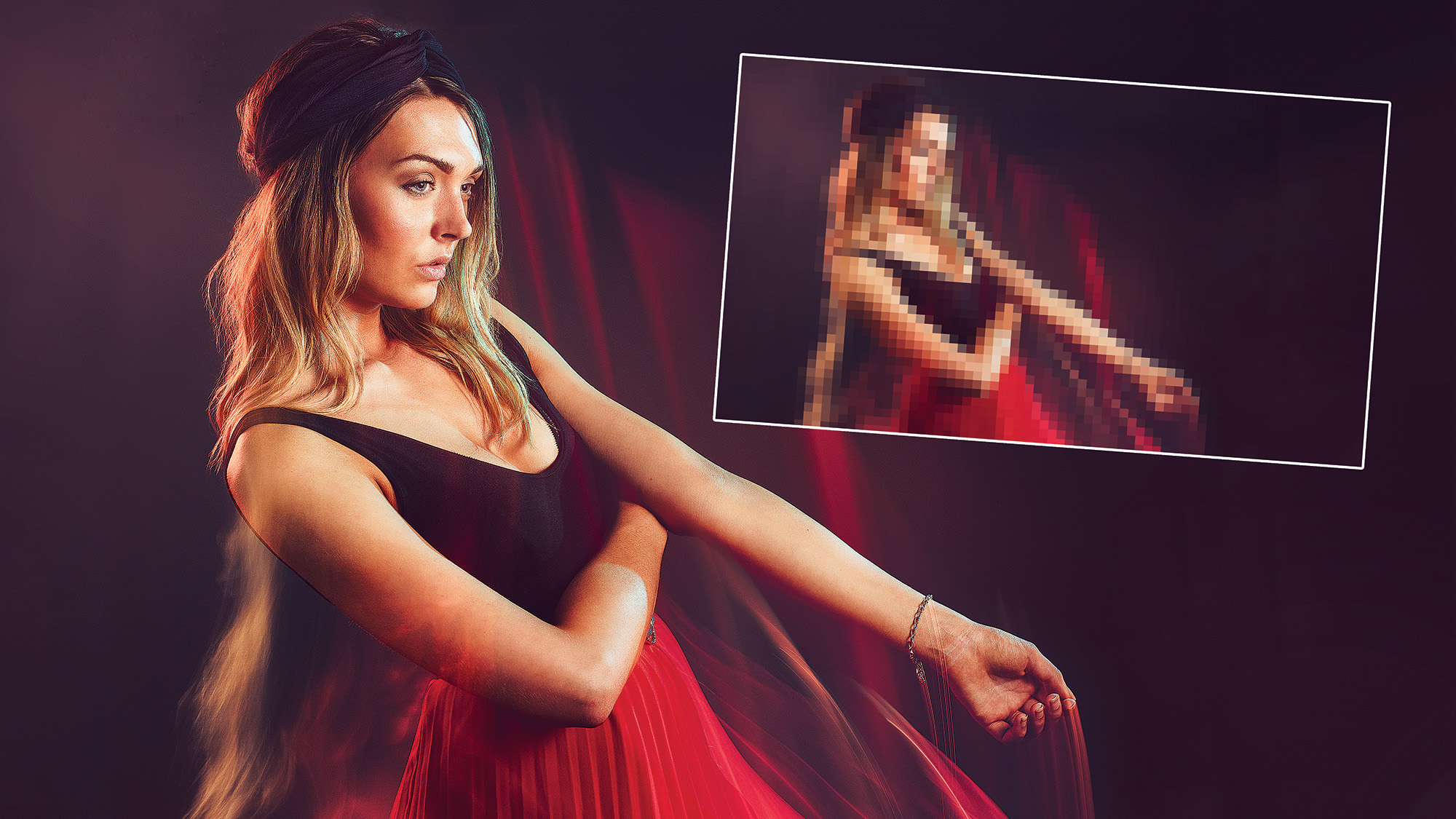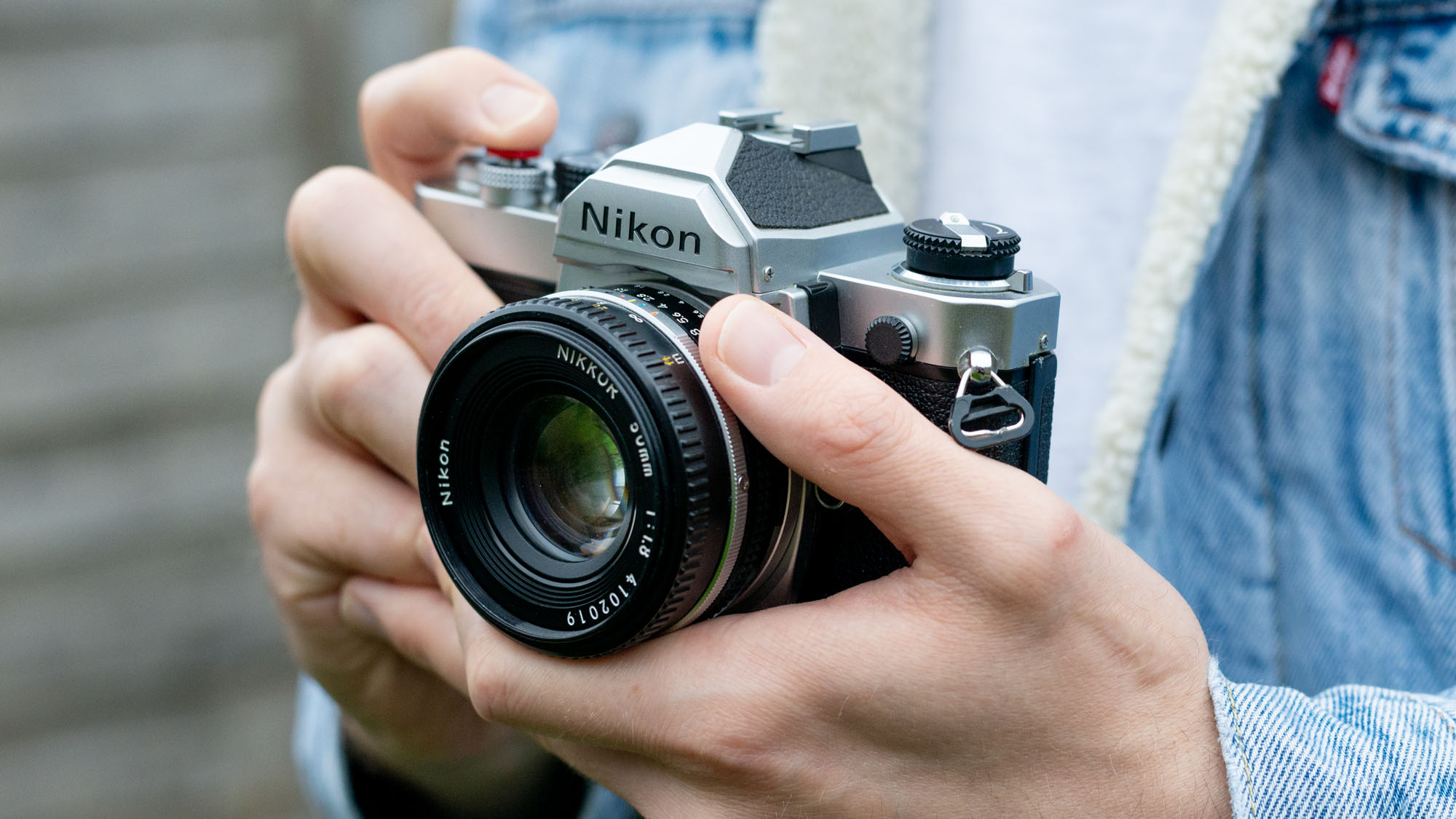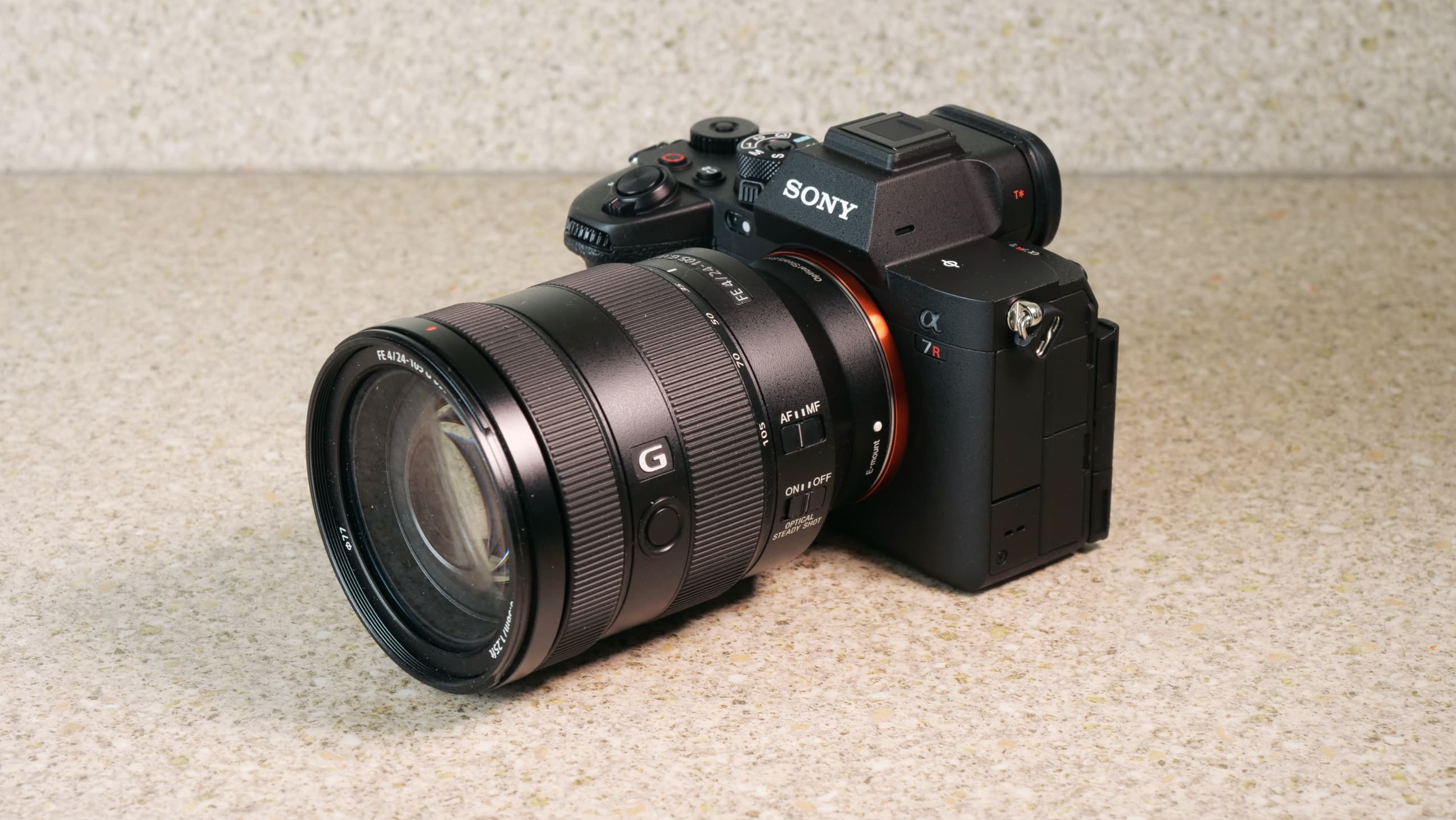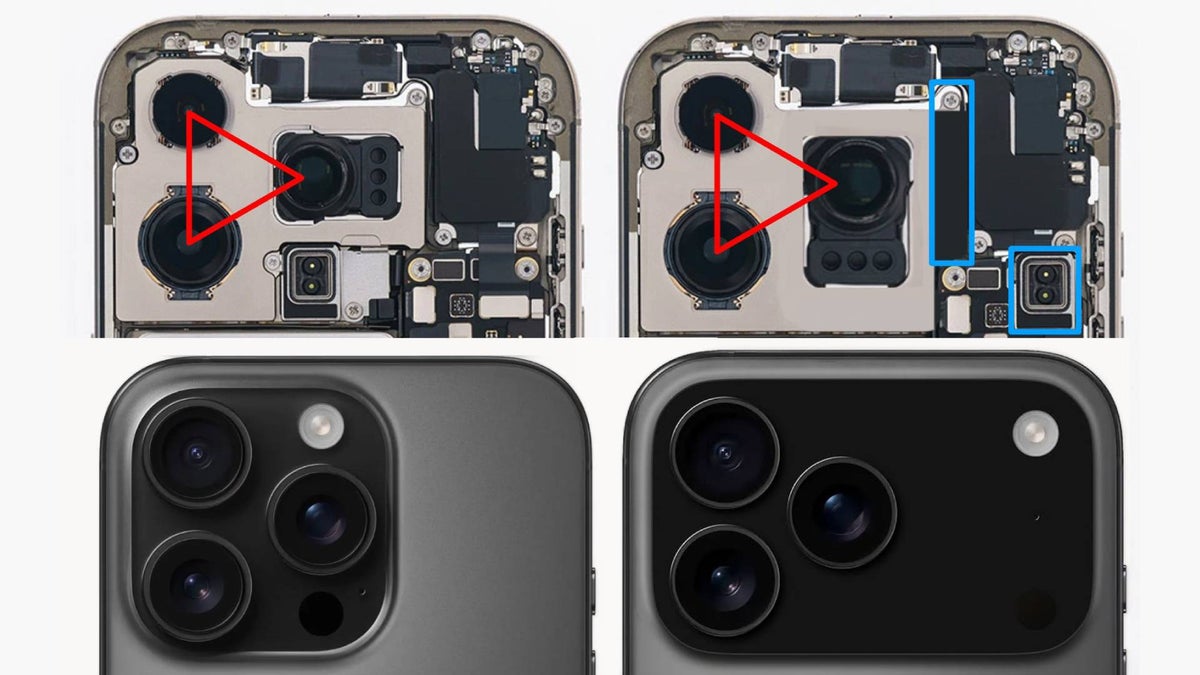Why are WE obsessed with image quality, while compact-camera-loving youngsters have no interest in this outdated arms race?
While younger photographers embrace cheap compact cameras and film, digital camera manufacturers are still engaged in resolution overkill. I think I know how we got here

I’ve always found the photography industry’s obsession with image quality extremely interesting. You might be thinking: “Well, yeah, it’s the imaging business after all,” but image quality has long become a moot point. The best mirrorless cameras and the best DSLRs can all capture billboard-quality images. And in an age where most images are viewed on a screen, I think society is less bothered by image quality than ever before. Unless, of course, you’re a photographer.
You see, we’ve been conditioned to want better image quality. Higher resolutions, increased dynamic range, less noise, more sharpness. But I don’t think it’s a cynical marketing ploy by the industry. When the digital revolution kicked off, digital cameras presented many advantages over their film peers – but one of them certainly wasn’t image quality.

Film bettered early digital cameras in terms of resolution, dynamic range, and color accuracy, big time. It’s easy to forget that digital camera dominance is still relatively recent. The first digital camera that was easily accessible for consumers is generally considered the Dycam Model 1, released in 1990. And it wasn’t until the Nikon D1, launched in 1999, that digital became a more widely viable option for the jobbing professional.
It took a long time before digital imagery could even hold a candle to film, which is why the digital camera industry didn’t overtake the film camera industry in terms of sales until circa 2002. The subject of when – and whether – digital exceeded the quality of film is an article in and of itself, but it wasn’t until the mid-noughties that digital cameras really started to narrow the gap in image quality with full-frame releases such as the Canon EOS-1DS Mark II (2004) and Nikon D3 (2007).

With all that in mind, the development of digital cameras – in the minds of both manufacturer and consumer – has always centered around boosting image quality. Megapixels became a marketing buzzword and consumers began to expect higher resolutions and better dynamic range as a matter of course.
When the Nikon D800 launched in 2012, its full-frame sensor boasted the world’s highest effective pixel count of 36.3MP – and in reality, that was more than enough for 99.9% of photographers. But by that point, we were all image-quality addicts.
Today 45MP is commonplace for high-resolution cameras such as the Nikon Z8 and Canon EOS R5 Mark II, with the Sony A1 II boasting 50MP and the Sony A7R V topping its class with a whopping 61MP sensor. And that’s before you consider the frankly insane resolutions achievable via pixel-shift technology.
Get the Digital Camera World Newsletter
The best camera deals, reviews, product advice, and unmissable photography news, direct to your inbox!

Even today, one of the biggest complaints I see consumers levying against new camera releases is sensor resolution. We are hardwired as photographers to want more. And yet, I do think the industry is experiencing a shift.
Younger generations are once again embracing the best compact cameras. And film photography is currently enjoying a resurgence. Could it be that online generations simply don’t care for image quality in the same way?
After all, if you’ve spent your life viewing photographs on your iPhone or Android device, and weren’t privy to the megapixel boom of the 2000s and 2010s, why would you care?
You may also like...
If you're into film cameras then check out the best film cameras and the best film for 35mm cameras. If you're still looking for a megapixel monster, take a look at the best high-resolution cameras.

Mike is Digital Camera World's How To Editor. He has over a decade of experience, writing for some of the biggest specialist publications including Digital Camera, Digital Photographer and PhotoPlus: The Canon Magazine. Prior to DCW, Mike was Deputy Editor of N-Photo: The Nikon Magazine and Production Editor at Wex Photo Video, where he sharpened his skills in both the stills and videography spheres. While he's an avid motorsport photographer, his skills extend to every genre of photography – making him one of Digital Camera World's top tutors for techniques on cameras, lenses, tripods, filters and other imaging equipment – as well as sharing his expertise on shooting everything from portraits and landscapes to abstracts and architecture to wildlife and, yes, fast things going around race tracks...
You must confirm your public display name before commenting
Please logout and then login again, you will then be prompted to enter your display name.
